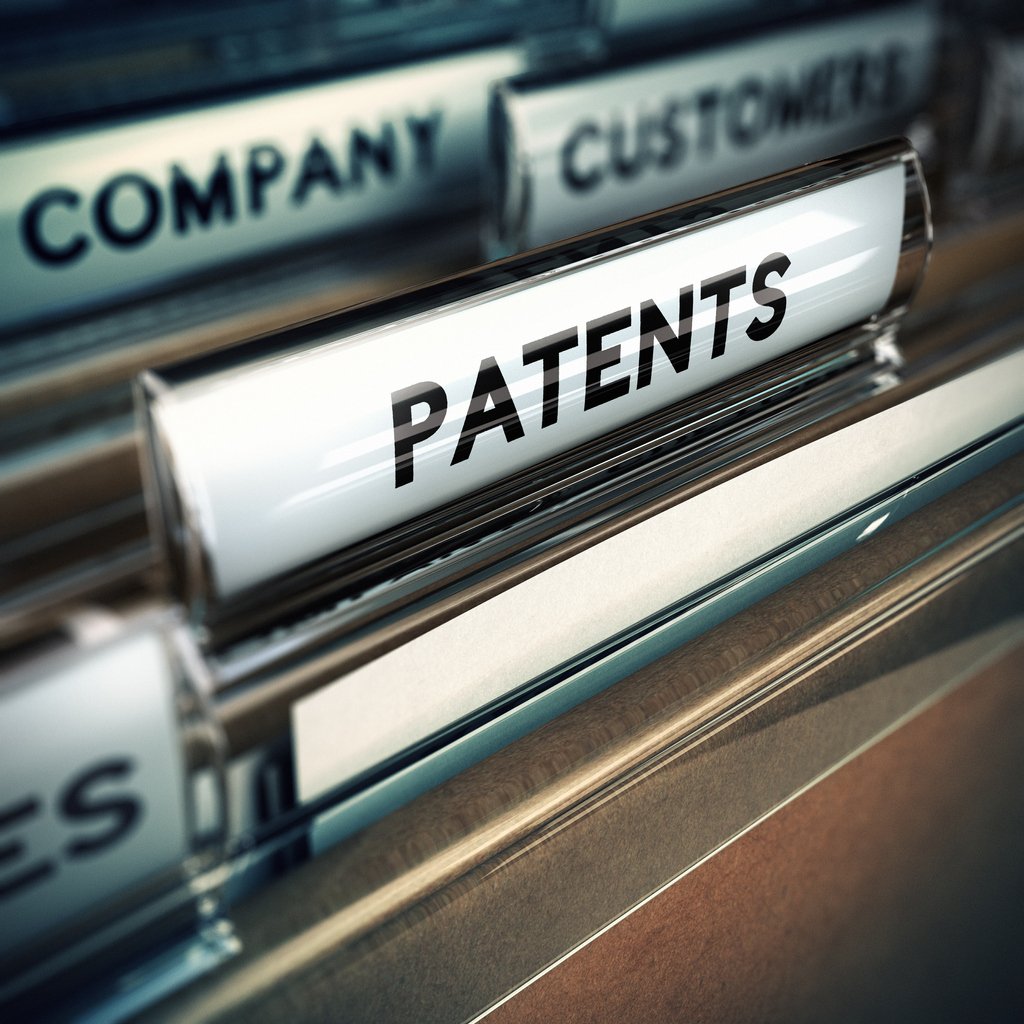Table of Contents
ToggleIntroduction
China, being the world’s second-largest economy, hosts a rapidly evolving technological landscape, making it a prime location for inventors and businesses to protect their intellectual property. However, applying for a patent in China is not without its challenges, and mistakes made during the process can result in significant delays, financial burdens, or even denial of the patent application. Here we’ll discuss five common mistakes to avoid when applying for a patent in China.
1. Failure to Understand the Differences Between Chinese and Western Patent Systems
One of the common errors is failing to comprehend the stark differences between the Chinese patent system and those in Western countries. The Chinese patent system follows a ‘first-to-file’ rule, which means the patent right belongs to the person who first files the application, regardless of who actually invented the technology first. This contrasts with some Western countries like the U.S., which follow a ‘first-to-invent’ principle. Understanding these differences is crucial to ensure your patent application is adequately protected and adheres to the right procedures.
2. Insufficient or Inaccurate Translation
China’s official language is Chinese, and all patent applications must be submitted in this language. Often, applicants entrust the translation of their technical documents to generic translation services. This happens because the applicant do not have the skill to evaluate the quality of the Chinese output from the translation.
However, this can lead to inaccuracies and misinterpretations, especially when dealing with complex technological terminologies and concepts. This can result in a weakened patent scope, delayed processes, or outright rejections. It is highly recommended to work with professional patent translators specialized in China who are well-versed in both language and relevant technical fields.
3. Delay in Filing the Patent Application
Timing is of the essence in the patent application process. As China follows the ‘first-to-file’ system, even a slight delay can result in someone else securing the patent rights to a similar invention. If the invention has been disclosed publicly before a patent application is filed, it could lose its novelty, which is an essential requirement for patent eligibility. Therefore, it’s essential to file the patent application as soon as possible to secure your rights.
There is, however, a grace period of six months prior to the date of filing in China for disclosures related to a state of emergency or an extraordinary situation in China; if it was disclosed for the first time by others without the applicant’s consent; if it was disclosed in the public interest; technological and academic conferences or international exhibition hosted or supported by the Chinese government.
4. Overlooking China’s Unique Substantive Examination Process
Unlike many countries, China has a unique substantive examination process for invention patent applications. This process involves a thorough review of the application and can take a couple of years to complete. Some applicants neglect this fact and fail to adequately prepare or respond to the examiner’s inquiries and requirements during this phase, which can lead to an unsuccessful application. Understanding and preparing for this unique process can greatly increase the chances of securing a patent in China.
5. Not Seeking Professional Assistance
Applying for a patent is a complex procedure that requires a deep understanding of legal and technical aspects. This complexity is further amplified when dealing with foreign patent systems. Trying to navigate the process without expert help often leads to errors, oversights, and missed deadlines, which can severely compromise the patent application. Engaging with a knowledgeable patent agent with experience in dealing with the Chinese patent system is crucial.
Conclusion
Navigating the patent application process in China can be daunting, but avoiding these common mistakes can significantly increase the chances of success. By understanding the unique aspects of China’s patent system, ensuring accurate translations, filing promptly, preparing for the substantive examination process, and enlisting professional help, you can improve your prospects of securing robust patent protection for your invention in China.
FAQ
- What are the types of patents in China? China recognizes three types of patents: invention, utility model, and design. An invention patent is for new technical solutions, a utility model patent is for new technical solutions relating to the shape and structure of objects, and a design patent is for new designs of a product’s shape, pattern, or color.
- How long does it take to get a patent in China? The duration varies depending on the type of patent. A design or utility model patent usually takes about 6-12 months to process, while an invention patent can take anywhere from 2-4 years due to the substantive examination process.
- What is the duration of a patent in China? The duration of a patent in China depends on the type of patent. Invention patents last for 20 years, utility model patents last for 10 years, and design patents last for 15 years, all counted from the filing date.
- Is it necessary to conduct a patent search before applying for a patent in China? While it’s not a legal requirement, conducting a patent search before applying is strongly recommended. This can help identify if a similar patent already exists and can guide in making a robust and unique patent claim.
- What should I do if my patent application gets rejected in China? If your patent application gets rejected, you have the right to request a re-examination within three months of receiving the rejection notice. Working with a patent attorney during this process is advisable to strengthen your case.
Contact us if you need legal help in China, help with background investigation of Chinese companies, protecting patents, trademarks, and verification of contracts to the law in China, etc.
If you require our assistance or have further questions about our services, please do not hesitate to contact our Customer Relationship Manager, Jan Erik Christensen, at janerik@ncbhub.com. We look forward to hearing from you and helping your business succeed in China.








